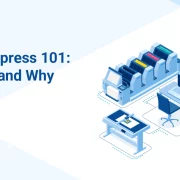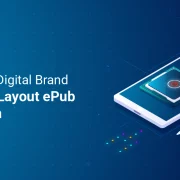CSS, or Cascading Style Sheets, is a styling language used to define the presentation of a web page built with HTML. While HTML structures the content, CSS determines the appearance, including layout, colors, fonts, and spacing, enhancing the overall visual experience of a website.
CSS plays a crucial role in web design by separating content from presentation, making it easier to manage and update styles across multiple pages. By using CSS, designers can apply consistent styling throughout a website, improving both aesthetics and usability. It allows for flexible and responsive design, ensuring that web pages adapt seamlessly to different screen sizes and devices.
In web development, CSS is used alongside HTML and JavaScript to control the organization, formatting, and display of elements on a web page. It enables developers to create visually appealing designs, implement animations, and enhance user experience through interactive elements. CSS can be applied in various ways, making it a versatile tool for front-end development.
There are several advantages to using CSS (Cascading Style Sheets) over traditional HTML styling methods. One of the primary benefits is the separation of content and design, which ensures consistency across web pages. CSS also simplifies website maintenance by allowing global style updates through a single stylesheet. Additionally, it enhances website performance by reducing the amount of code required for styling, leading to faster loading times. Furthermore, CSS improves accessibility by enabling better compatibility with assistive technologies.
CSS comes in three main types: external, internal, and inline. External CSS is stored in a separate .css file and linked to the HTML document, promoting reusability and efficiency. Internal CSS is placed within the <head> section of an HTML file and applies styles to that specific document. Inline CSS is written directly within an HTML element’s style attribute, allowing for quick but limited styling changes.
By leveraging CSS effectively, developers can create visually engaging, responsive, and user-friendly web pages that deliver a seamless experience across various devices and browsers.




